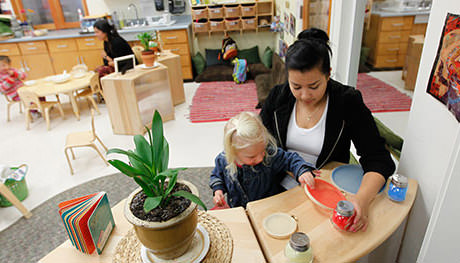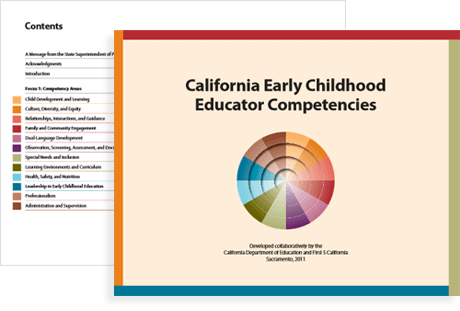The early childhood experience involves planning for a variety of environments. The physical environment may be the first one that comes to mind. But the social, intellectual, and emotional environments are equally important and critical to children's overall well being. Remember that the environment — in all of its aspects — is our partner in providing high quality early childhood programs.

"In my program, we figured out how to enjoy our DRDP assessment process!"
"I was thinking, come on… DRDP has 7 domains, 43 measures with 4 developmental levels to rate. It wasn't that complicated! And as I read through them time and time again, I knew that they represented well-researched developmental expectations. And they don't conflict with my program goals at all. Why did it feel so intrusive?"
— Preschool Teacher
Find out what the teacher discovered. Read "Here's What Happened".
Choose an area in your classroom that is regularly set up for children to explore, learn, and grow (garden, sand box, dramatic play, art, manipulatives, science and discovery, blocks, etc.). Consider your learning goals for this area.
Write a list of the ways that you might see children demonstrating the measures in the DRDP as they play and explore in each area. What are children doing to demonstrate the measure? If you are not familiar with DRDP, the instrument is available online. Visit http://drdpsr.org/drdpsr_instrument.html.
Review the photos below.
Use this template to record your observations, thoughts, and feelings. Download the Template
Review Performance Area 5 to deepen your understanding of these Topics: Interpretation of documentation and Planning in the CA ECE Competencies. Scroll to pages 57 and 58, respectively.
Can you find other places in this competency area that address these questions?
